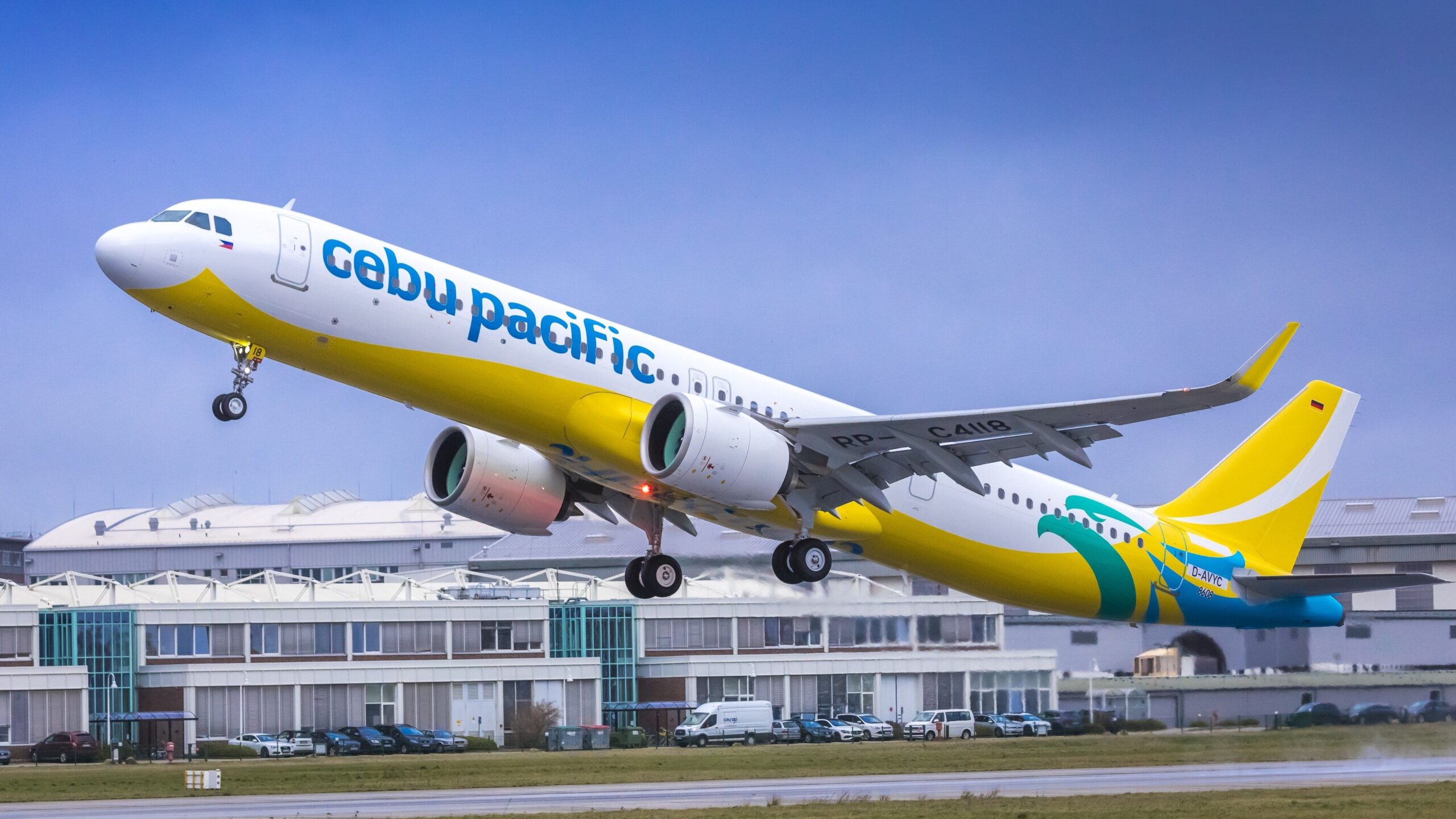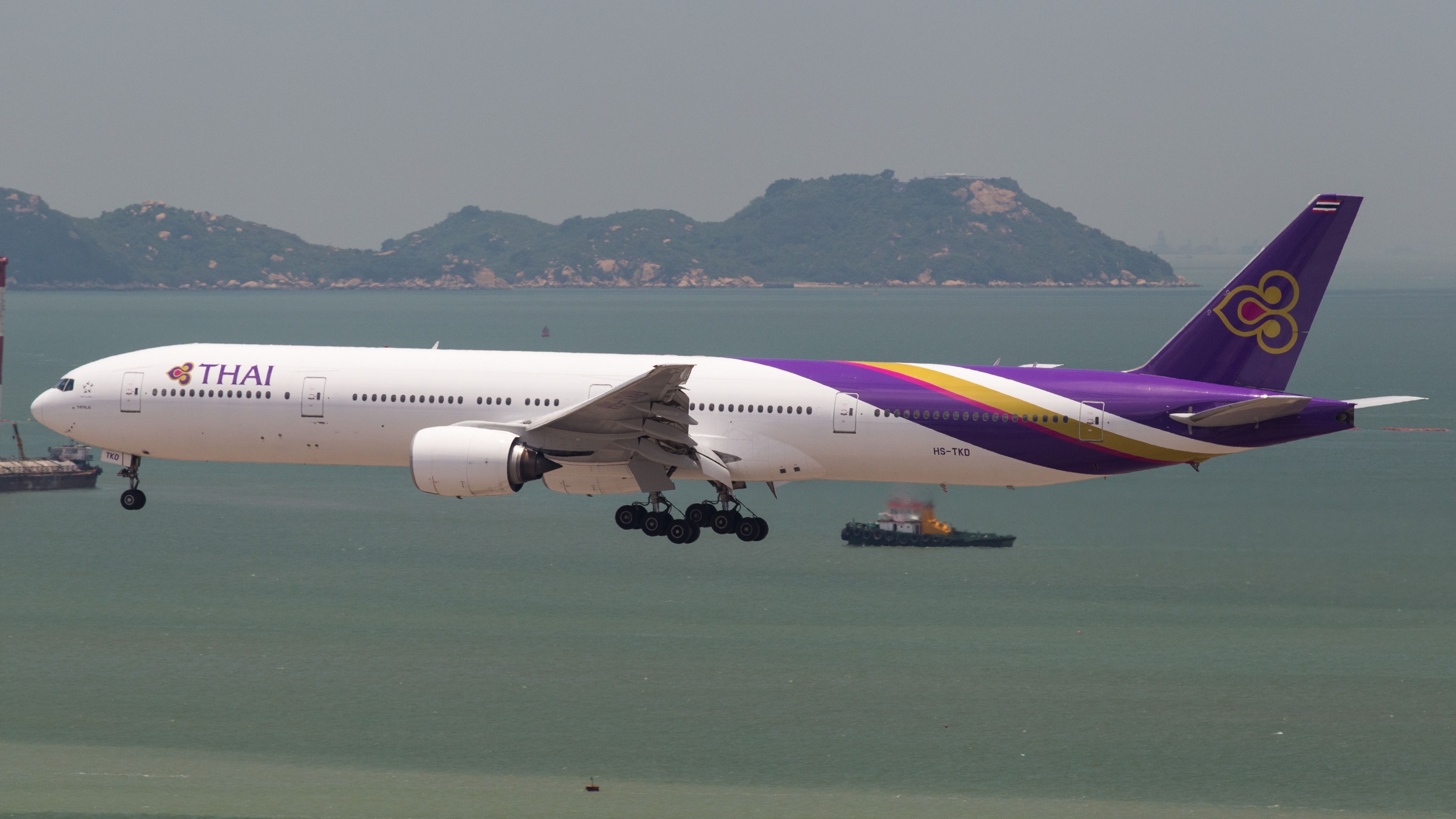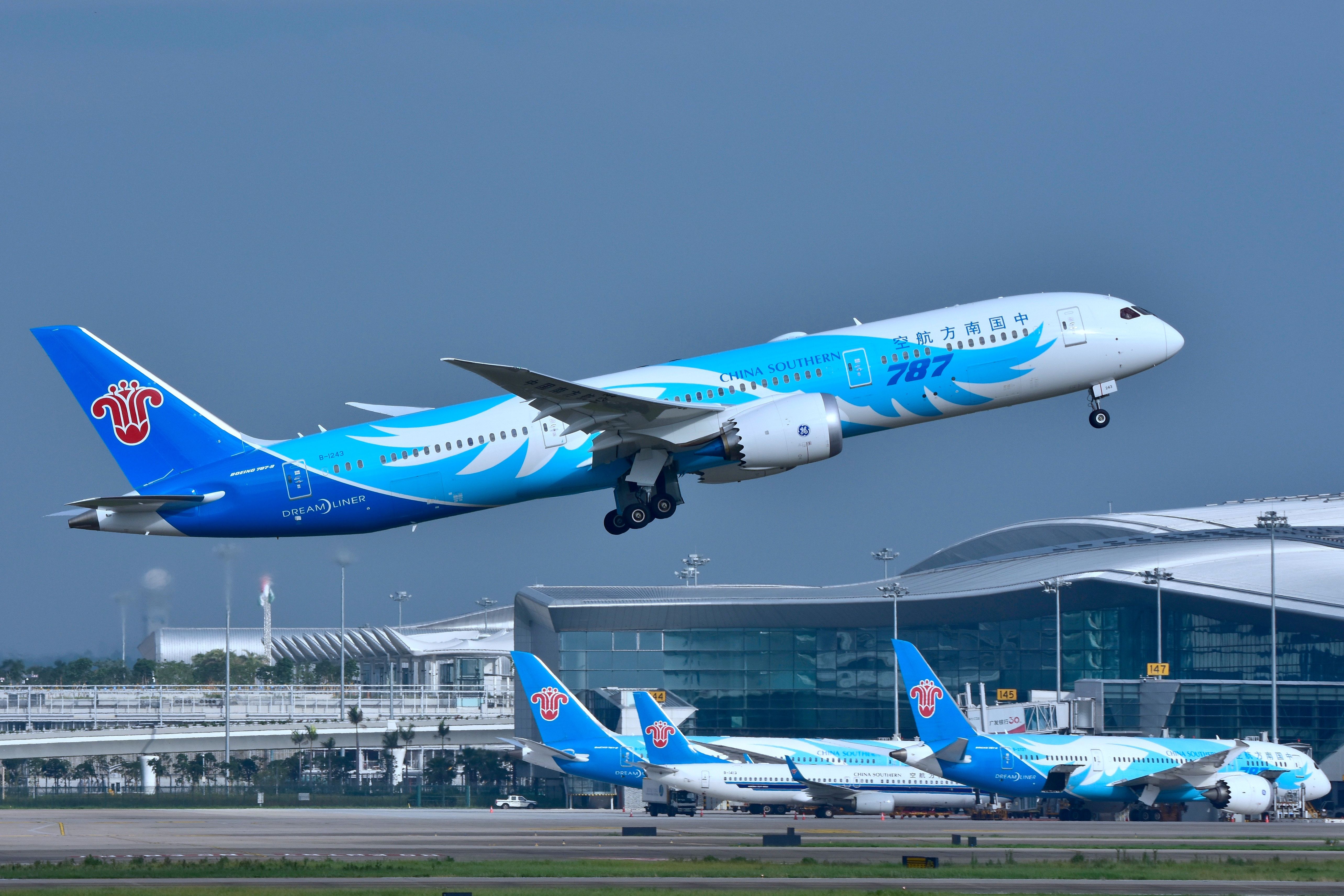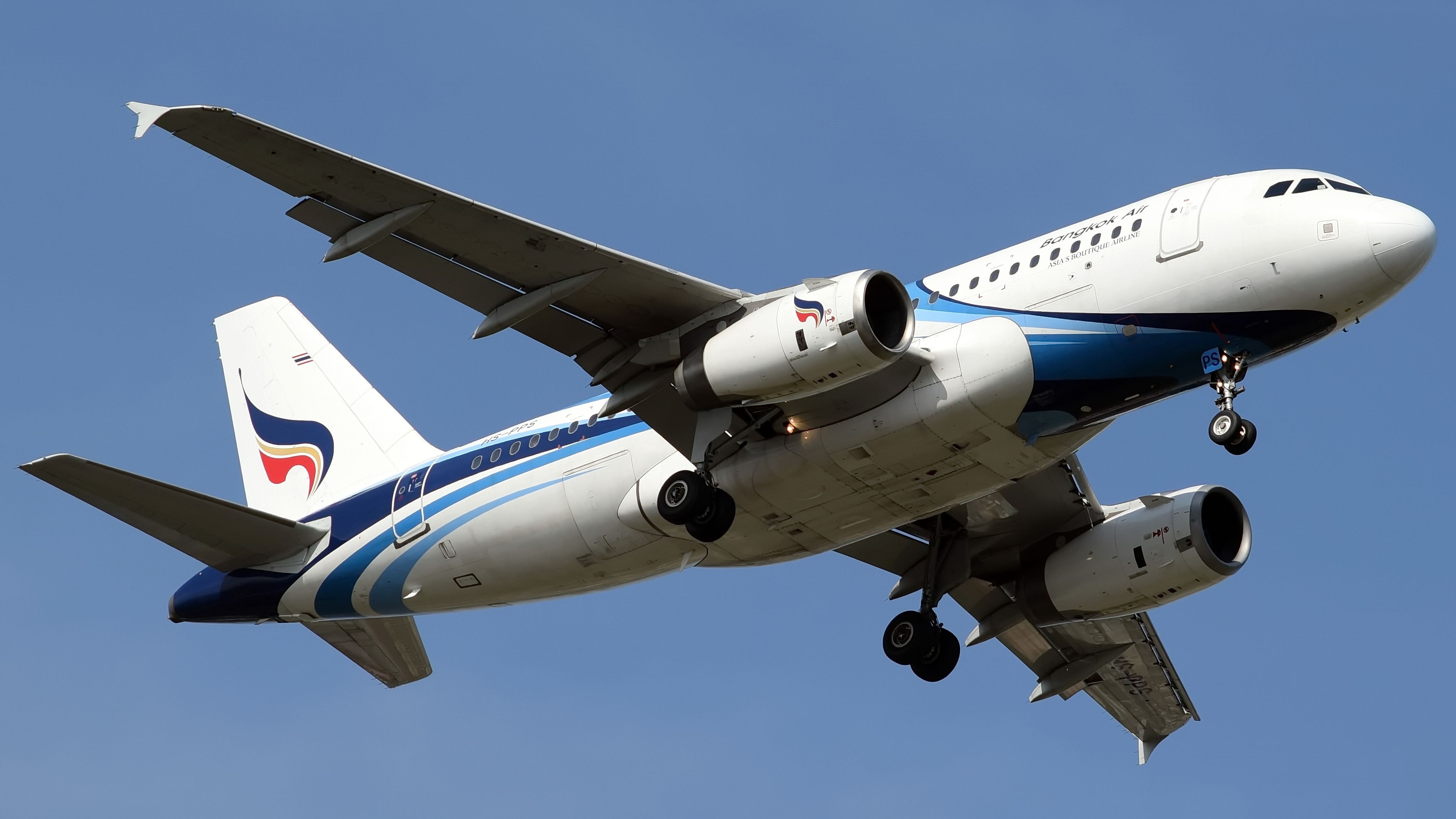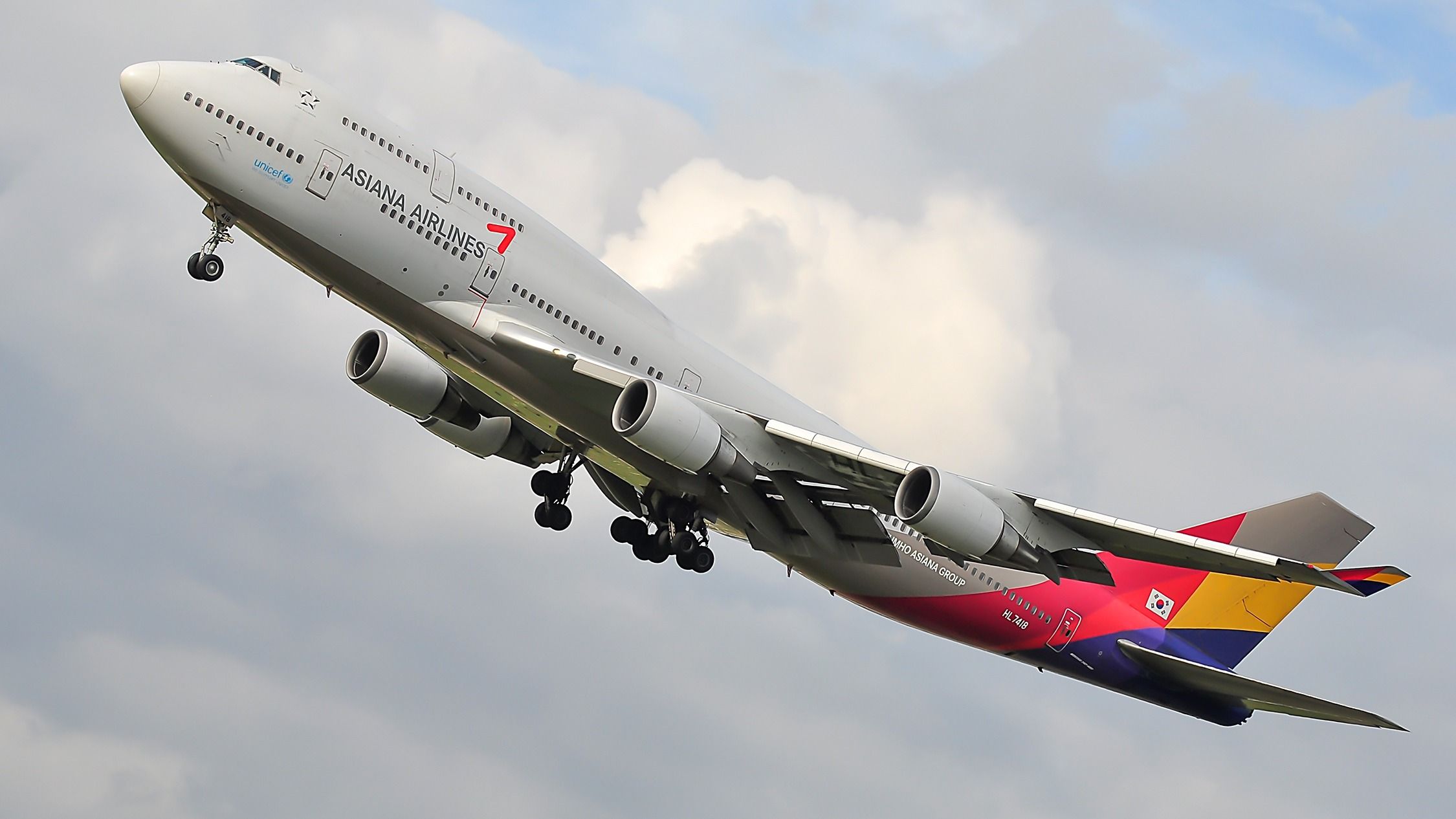International air travel is tantalizingly close to 100% post-pandemic recovery, but leaving COVID aside, the region’s carriers are gearing up for solid demand as the peak end of the year and Luna New Year’s festivities approach. In August, international traffic by airlines based in Asia-Pacific was 36% ahead of the same time last year, and with most airlines now operating at close to capacity, that will grow further in the last quarter.
Driving growth despite challenging headwinds
On Monday, the Association of Asia Pacific Airlines (AAPA) released its preliminary August 2024 Traffic Results, which clearly showed an industry that is grasping the supply-and-demand equation. In August, Asia-Pacific international carriers increased capacity by 19.7% year-on-year, almost exactly matching the increased demand of 20.7%, lifting the average international passenger load to 83.2%.
Photo: Wenjie Zheng | Shutterstock
Matching supply and demand has been a real challenge for airlines in the region after the pandemic, and it may surprise some to know that supply chain disruptions are still negatively impacting their performance. Returning parked aircraft and recalling staff is an expensive and lengthy process, and it has been made more difficult by the shortage of maintenance slots and flight and cabin crew training facilities.
Photo: China Southern Airlines
Thousands of aircraft and personnel have been reactivated, and now most carriers are near full resource availability, which is partly the reason they are doing so well in matching supply and demand. AAPA is the industry body representing airlines based in Asia-Pacific, and its monthly traffic report is compiled by operating statistics supplied by 20 airlines across the region, including large carriers such as China Southern and more regionally-based Bangkok Airways.
Photo: Omid Behzadpour / Shutterstock
2024 has been an excellent year in Asia-Pacific
In August, the region’s airlines collectively carried 32.3 million passengers, a 21.7% increase from the 26.5 million carried in August 2023. Demand, as measured by revenue passenger kilometers (RPK), increased by 20.7%, while capacity, as measured by available seat kilometers (ASK), increased by 19.7% year-on-year (YoY). This increased the load factor by seven percentage points to 83.2%.
Photo: Vytautas Kielaitis | Shutterstock
For the first eight months of this year (YTD), international passenger numbers reached 240.2 million, a very significant jump of 36.3% from the 176.2 million carried between January and August 2023. How well the airlines are matching capacity to demand shows up again on a YTD basis, with capacity up by 31.8% and demand up by 32.3%, the load factor was steady at 81.7%.
On Monday, AAPA Director General Subhas Menon said that during the first eight months of the year, the region’s carriers saw a 36% growth in passengers carried, boosted by increased air connectivity and less restrictive visa policies. He added that supported by ongoing expansions in connectivity, travel demand is expected to remain healthy across the regions.
The challenges come from persistent supply chain disruptions, such as delays in aircraft deliveries, shortages of spare parts and lack of skilled labor, all of which are pushing up airline costs. Menon warned that faced with these external pressures, airlines are “carefully managing flight frequencies and schedules, without compromising the industry’s excellent safety standards.”

